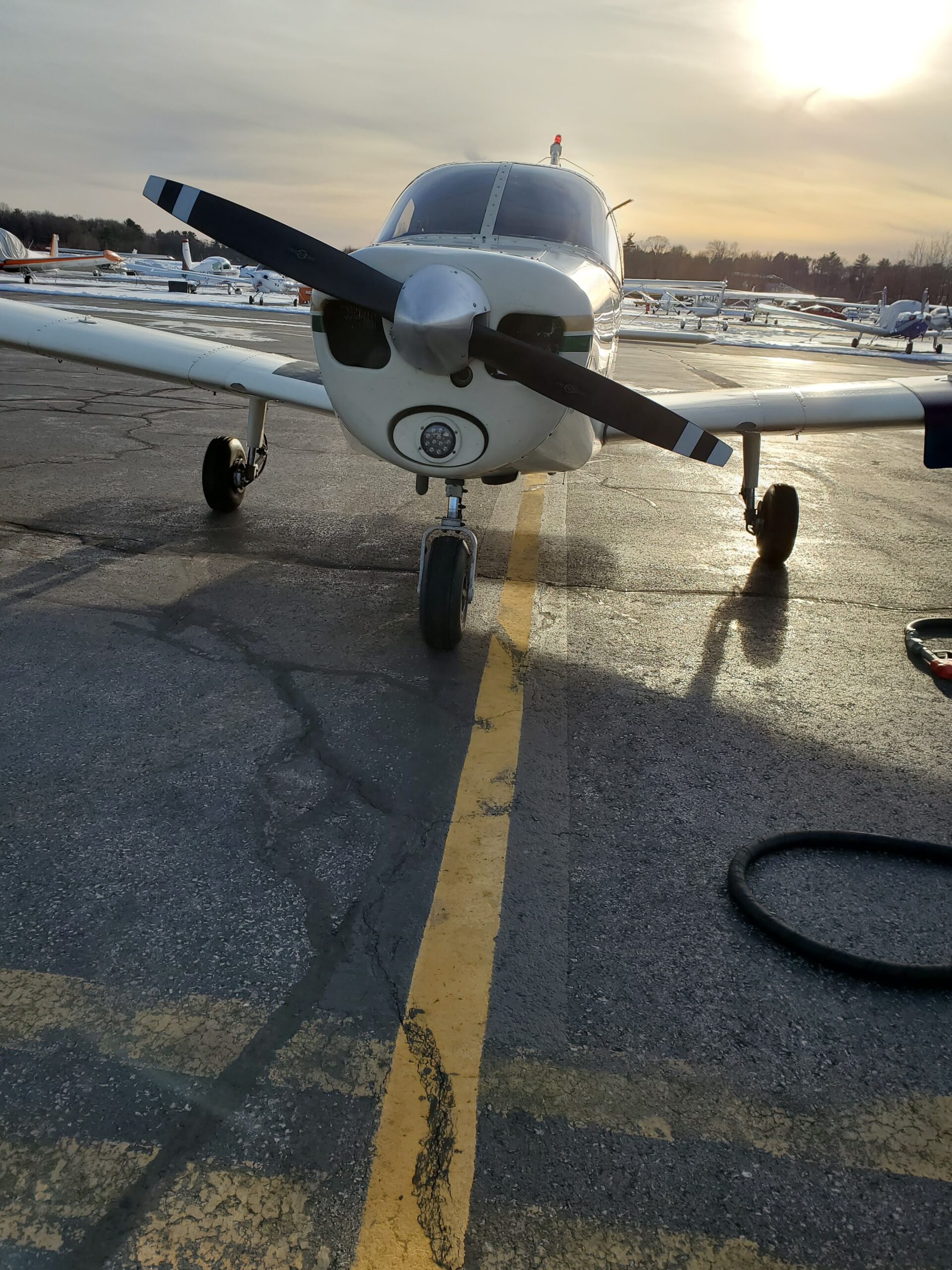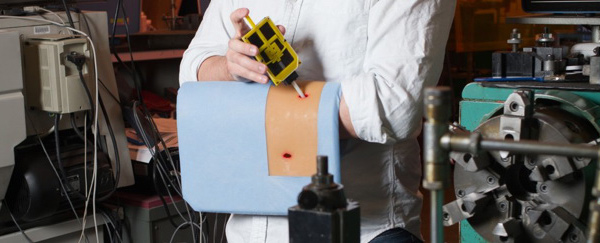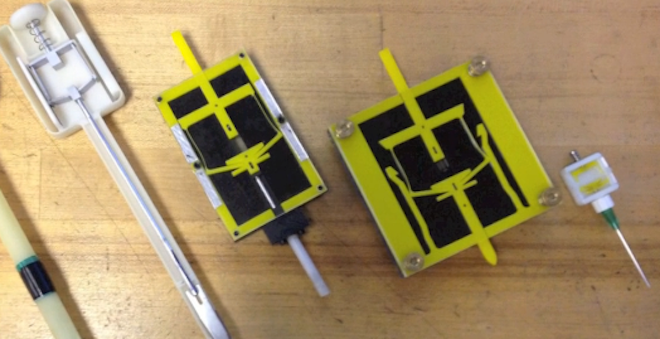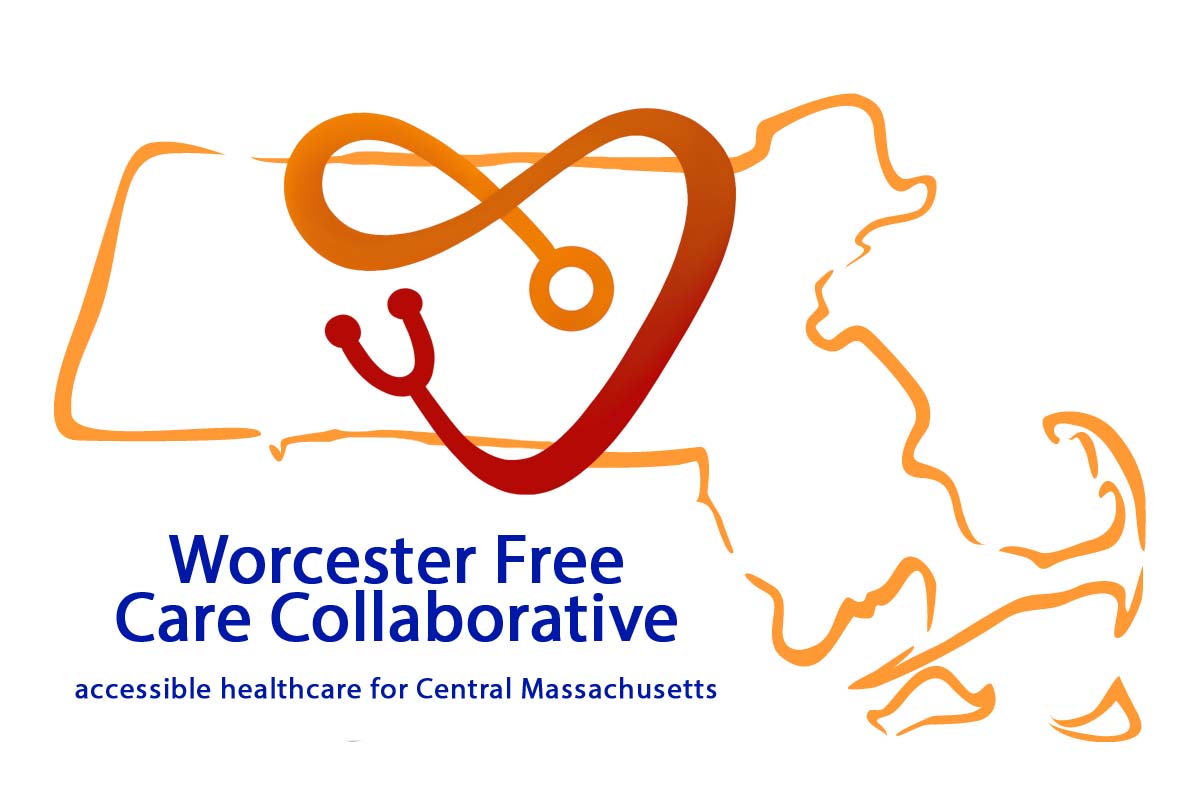Flying at night is incredibly beautiful. To see the lights of the city off in the distance and the moonlight glinting off of the small lakes and ponds scattered throughout the eastern half of Massachusetts was an amazing opportunity. For practical reasons — night illusions, navigation, terrain avoidance — it’s a completely different ballgame than flying during the day.
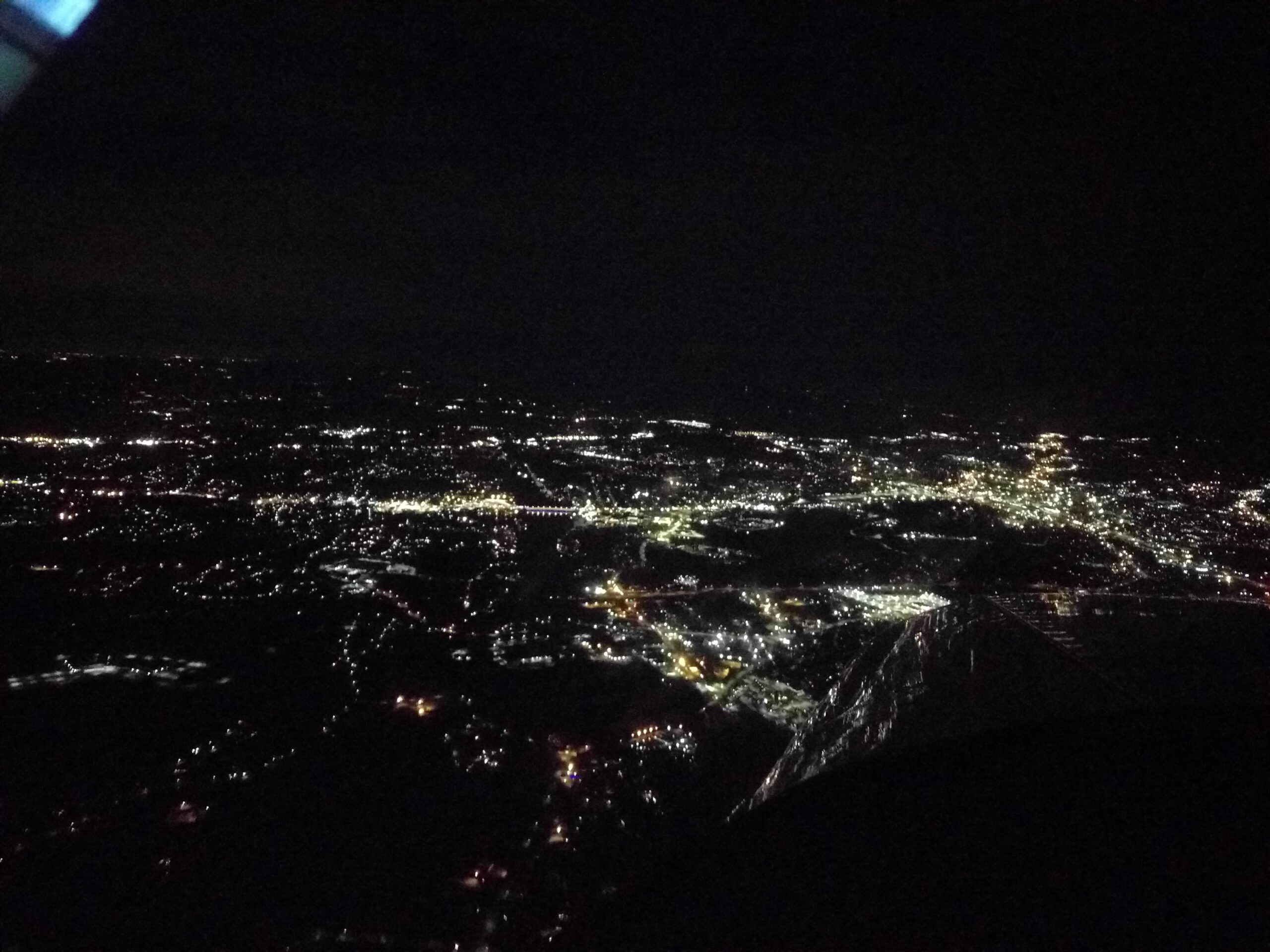
I vividly remember looking out to my right over Boston. Flying further north, I saw the ocean beyond and the immense inky blackness that loomed over the right wing, occasionally interrupted by the glimmers of aircraft landing at Logan. From that first captivating night flight from Mansfield, MA to Portsmouth, NH and back, I’ve continued to look up at the night sky scanning for the red and green navigation lights, yearning to again experience the still night air and glimmering lights.
Because I haven’t flown at night since my training, I wanted to do a night currency flight. So I booked the plane on a Saturday evening and read up on night illusions. After reading about the “black hole,” and the ensuing spatial disorientation, that killed JFK Jr. off the coast of Martha’s Vineyard, it’s no wonder that night flying is a part of our training as pilots.
Later that week, I arrived at the airport. One of the instructors at the local flight school checked me in and kindly showed me how to operate the hangar lights and door. What a luxury to have a hangar to do the preflight in on a frigid December evening!
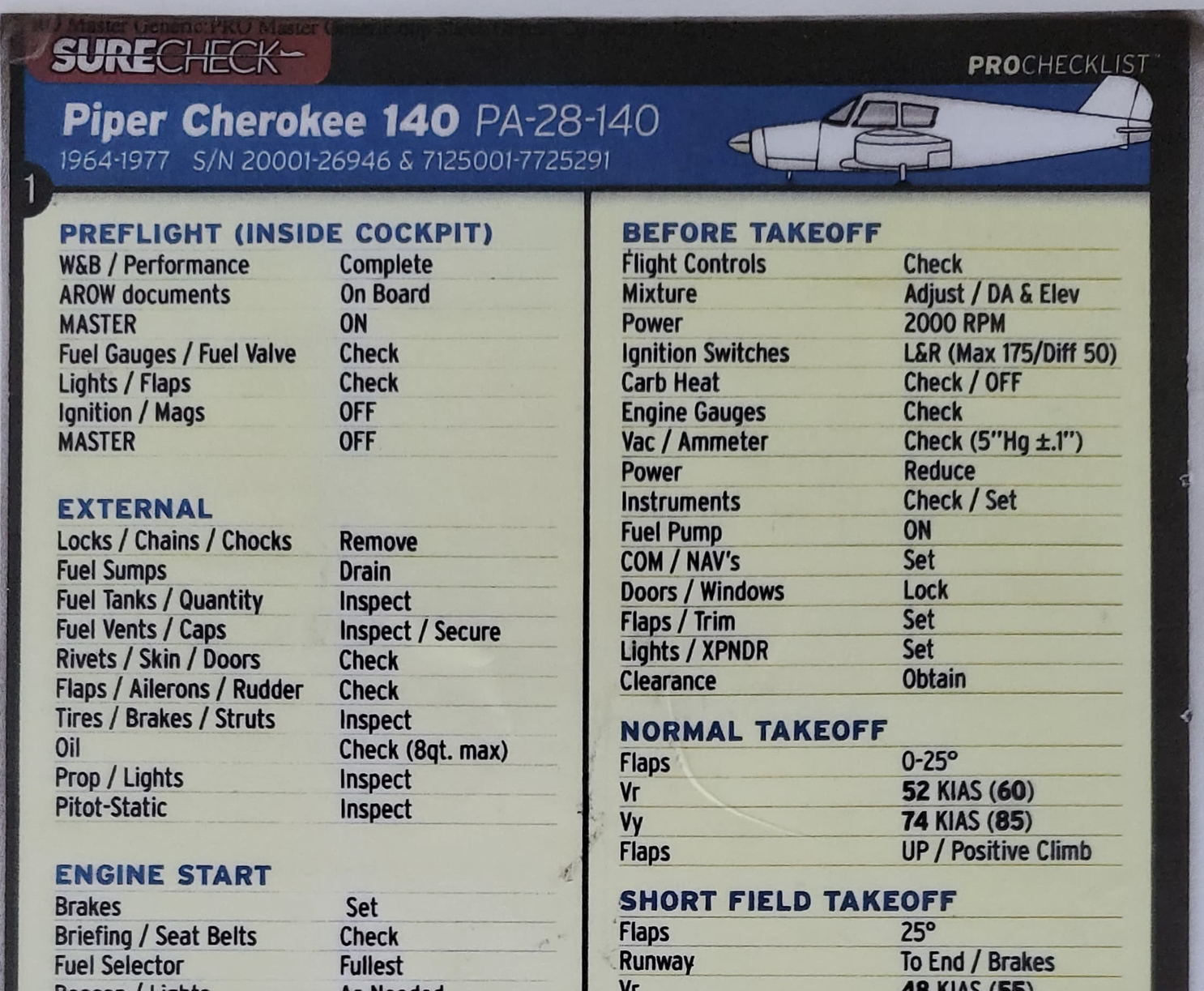
I unplugged the engine block heater and the battery tender. After putting my bag on the back seat, I pulled out my checklist. Running through the flow, I noticed that the position / navigation lights didn’t switch on, only the strobes.
FAR Part 91.205 defines the minimum required equipment to fly during the day and at night. There’s an acronym pilots use to to remember this: ATOMATOFLAMES, FLAPS. The first, ATOMATOFLAMES is the minimum required equipment for the day. In the night, we also add FLAPS, which stands for Fuses, Landing lights (if flying for hire), Anti-collision lights, Position lights, and Source of electricity (i.e. alternator/generator).

The position lights help other pilots determine which direction an aircraft is heading. For example, if only the green and white light are visible, we can deduce that the aircraft is traveling from left to right. If both are visible, the aircraft is heading towards us.
This particular aircraft is equipped with strobes. I held my hand in front of them so I could better see the bulbs of the adjacent position lights. Perhaps the filaments were broken, I thought to myself. I messed with the brightness wheel and tried a bunch of combinations of switches, but I couldn’t figure it out. Resorting to the only solution that I had, I called up the instructor I spoke to earlier. Luckily he had just gotten in his car and hadn’t left the airport premises yet.
He spent the next 25 minutes trouble shooting the issue. All to no avail. Neither of us could figure it out. He called up one of the other instructors with more knowledge, and on the phone I heard him saying, “I’ve got a pilot here who’s trying to do his night currency, but the nav light is inop.”
Wow! It was really strange to be called a pilot now rather than a student!
He suggested to start the engine and see if that solved the problem. Perhaps it was a power issue and the battery wasn’t able to supply enough current to get the incandescent bulbs going. As he was leaving, however, he tacitly explained that the strobe lights would quite easily make up for the inoperative position lights in terms of visibility to other aircraft.
While he’s not technically wrong, it’s certainly not something that I would be comfortable doing! I ended up canceling the flight and listed the issue as a squawk so it could hopefully get resolved by the mechanic in the near future.
I fly for fun, so there’s no point in even coming close to crossing that line. Once you cross it for something so trivial as this, the whole line becomes blurred. When it matters, it becomes easy to trot into dangerous territory. I’m only flying as a hobby, so there’s no reason to add any unnecessary risk, even for something as minor as this. As Steve from Flight Chops explains, a rule is meant to alleviate the burden of making difficult decisions. You make the decision in advance and stick to it.
Now, with the benefit of hindsight, it turns out that the position lights are wired to the avionics bus, which means that in order to get them to switch on, the avionics master switch must also be on. I found it kind of strange that the position lights are wired differently than the strobe lights, but it might have something to do with the ADSB-out beacon that needed to be retrofitted to meet the 2020 requirements.
Ultimately, it was a great learning experience.
Dossier
“The Drama of Flight: One Radio Call at a Time,” by David Mamet, February 1, 2019. https://www.flyingmag.com/drama-flight-one-radio-call-at-time/
As an aside, let me know if you would be interested in more posts like this. If it provides a unique or valuable perspective, it would be fun to write more about each flight and the lessons contained within.
I want to avoid the “purple prose” of aviation writing, as David Mamet put it in Flying. To him — and I’m inclined to agree — “the drama of flight does not take place between the pilot and the environment, but between the airplane and the pilot, and between the pilot and himself.”
One interesting concept would be to create an online companion to the digital debriefs that I designed to distribute to my passengers after a flight. It could be akin to the idea of the expedition journal that I’m so enamored by. I’m inspired by the National Geographic Field Notes expedition blog and the Medical School 2020 book.
Edit: I later was able to night flying and have included the video here.


